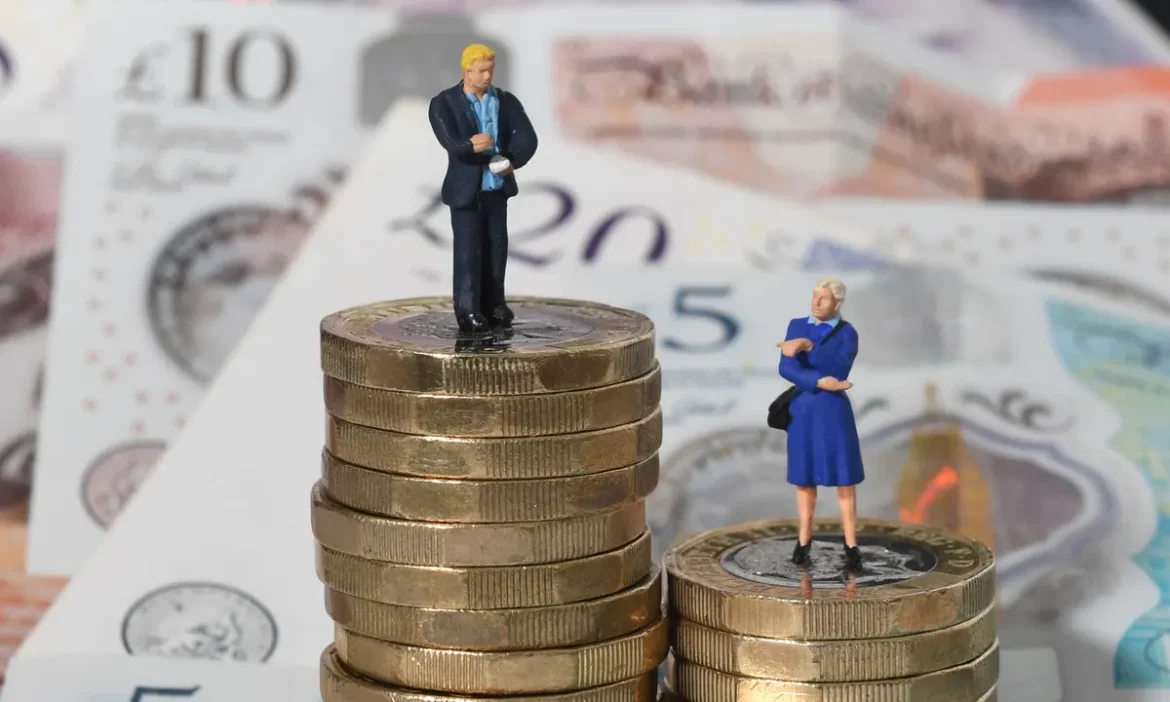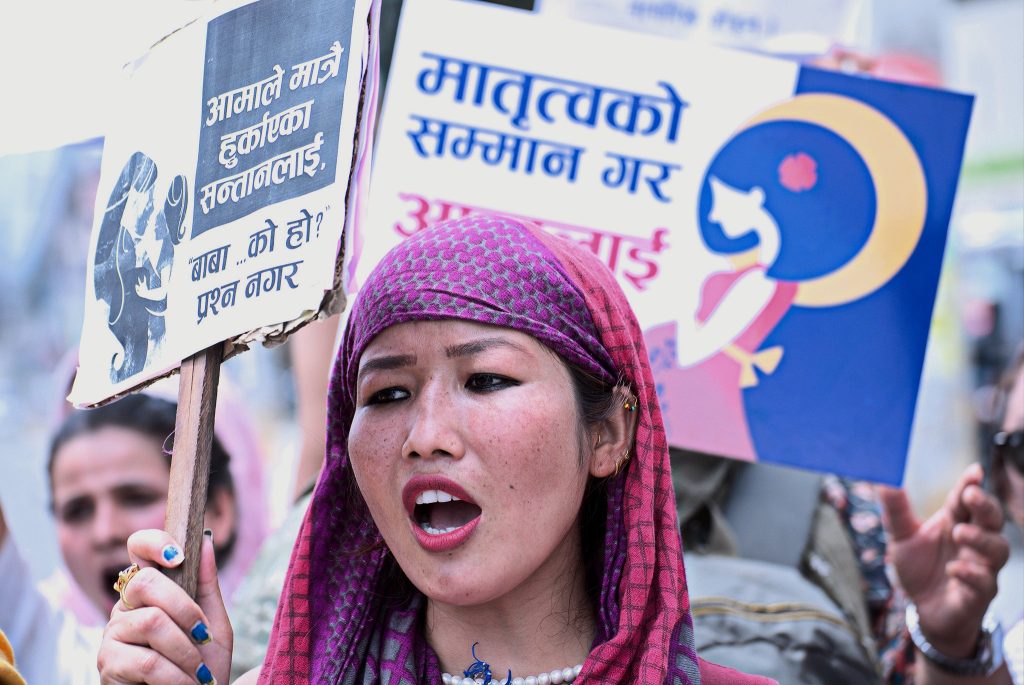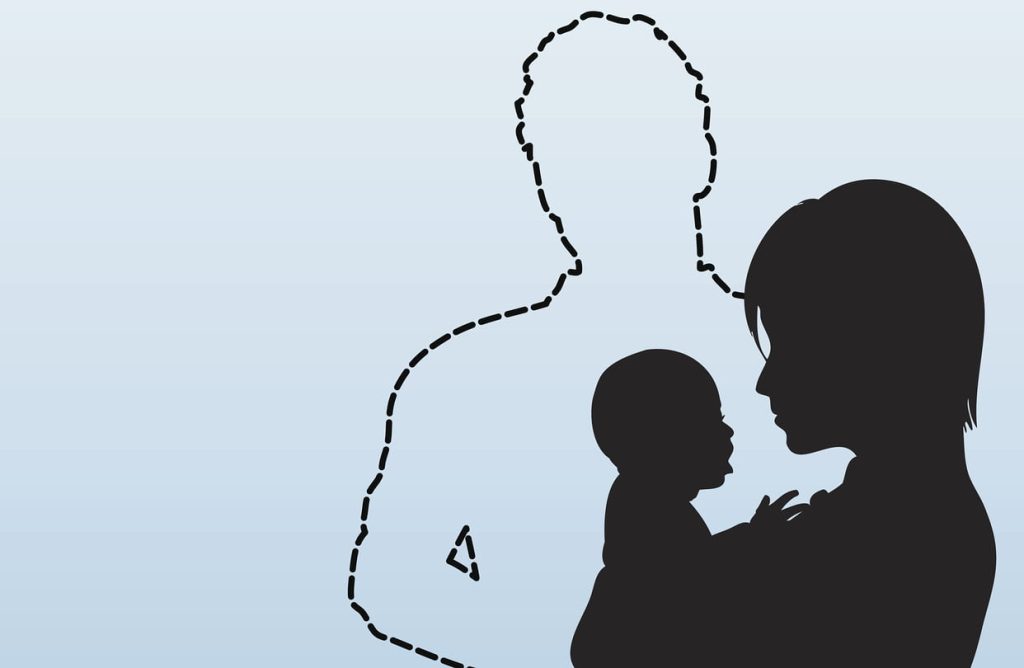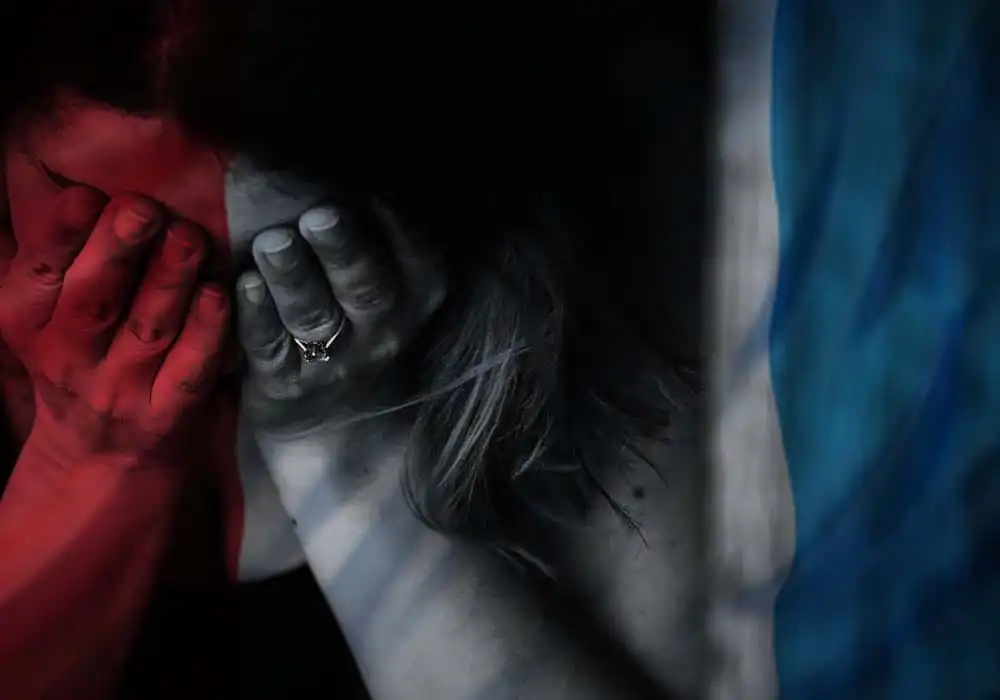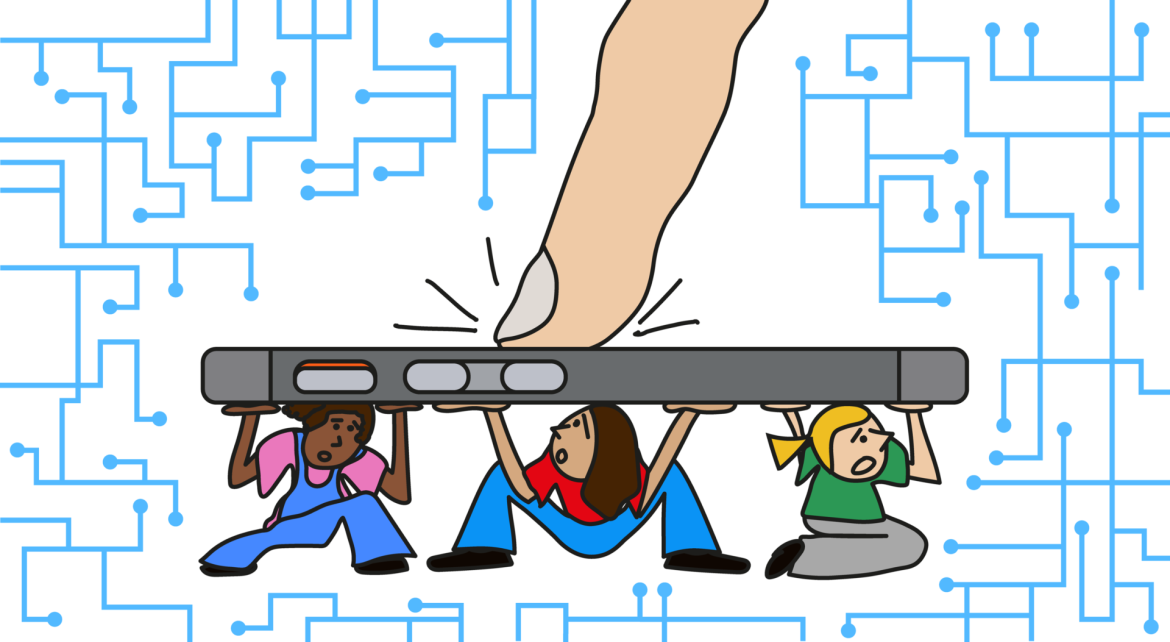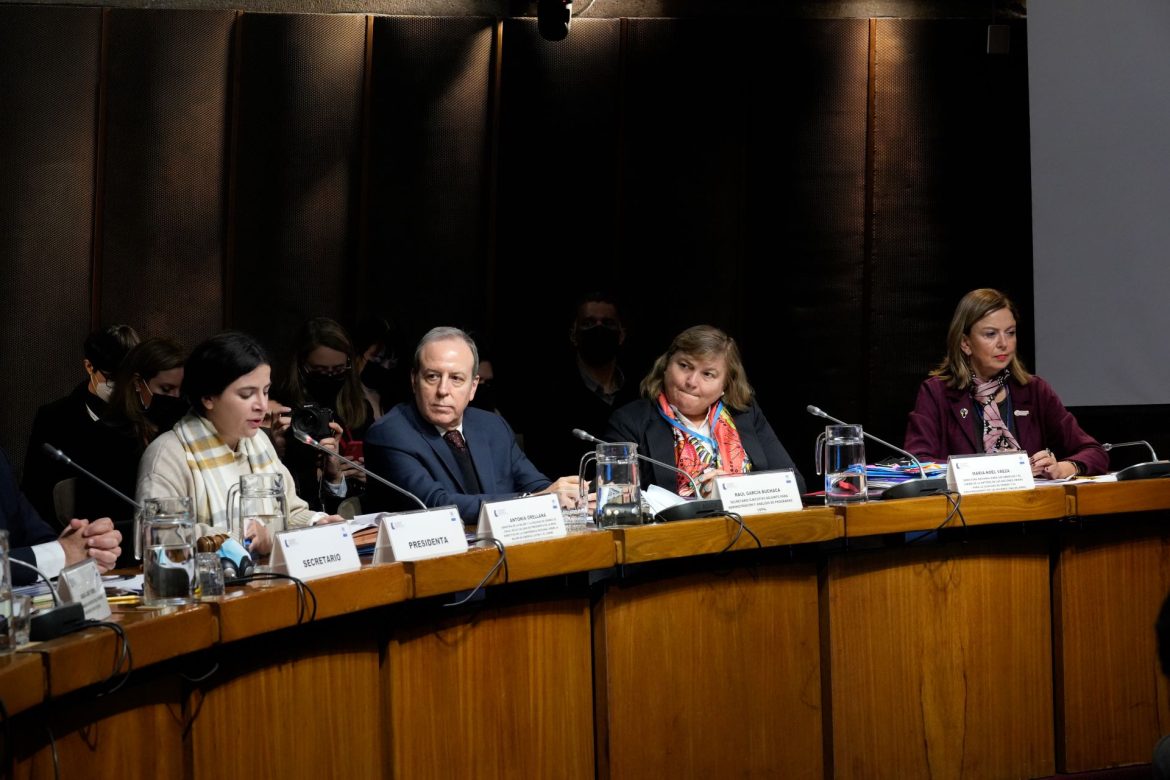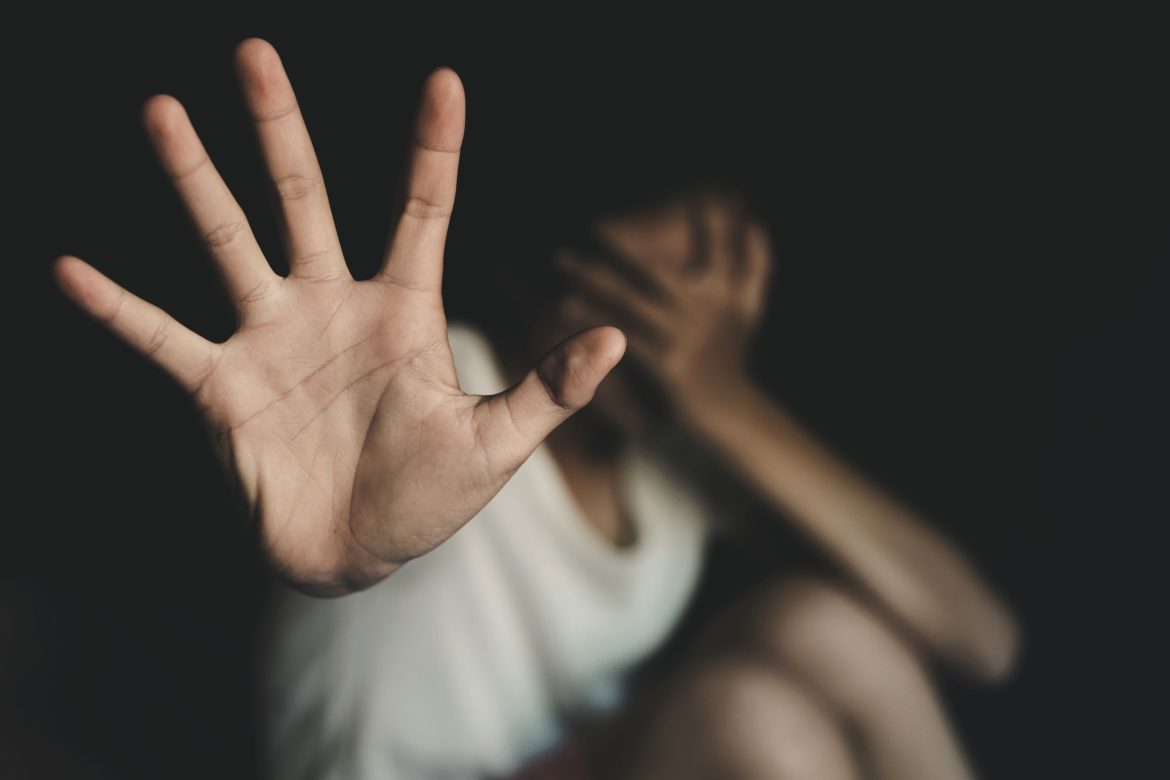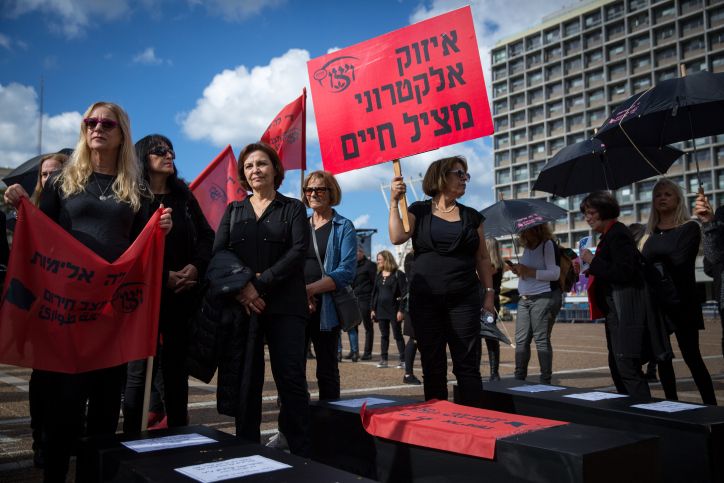UNITED KINGDOM/ The average woman in paid employment effectively works for free for nearly two months of the year; compared to the average man in paid employment, according to an analysis published by the TUC. The gender pay gap for all employees currently stands at 14.9%. This means that working women must wait 54 days – nearly eight weeks; or two months – before they stop working for free on Women’s Pay Day.
Gender Pay Gap By Age
The TUC analysis shows that this matter is the widest for older women, so they have to wait longer for their Women’s Pay Day.
- Women aged between 50 and 59 have the highest pay gap (20.8%) and work the equivalent of 76 days for free, until Thursday 16 March 2023.
- Women aged 60 and over have a gender pay gap of 18.4%. They work 67 days of the year for free before they stop working for free on Wednesday 8 March 2023.
The gender pay gap widens once a woman becomes a mum. And older women take a financial hit for balancing work alongside caring for older relatives as well as children and grandchildren, says the TUC.
Regional Gender Pay Gaps
The analysis shows that in some parts of the country gender pay gaps are even bigger, so their Women’s Pay Day is later in the year.
- The gap is largest in the South East of England (17.9%). Women in this region work 65 days for free and they work for free until Monday 6 March 2023.
- Women in the East of England (17.5% pay gap) and the East Midlands (16.6%) also work for free until next month (Saturday 4 March and Wednesday 1 March).
Regional variations in the gender pay gap are likely to be caused by differences in the types of jobs and industries that are most common in that part of the country, says the TUC.
Industrial Gender Pay Gaps
Despite the introduction of the gender pay gap reporting back in 2017, the analysis published by the TUC today shows that there are still big gender pay gaps in many industries.
Even in jobs that tend to be dominated by female workers like education and healthcare the gender pay gap persists.
In these sectors, women get paid much less per hour on average than men, both because they are more likely to be in part-time jobs or are in lower-paid roles.
- In education the gender pay gap is 22.2%, so the average woman effectively works for free for more than a fifth of the year (81 days) until Wednesday 22 March 2023.
- In health care and social work jobs, where the gender pay gap is 14%, the average woman works for free for 51 days until Monday 20 February 2023.
The longest wait for Women’s Pay Day comes in finance and insurance. The gender pay gap (31.2%) is the equivalent of 114 days, meaning women work for free for nearly a third of the year until Sunday 23 April 2023.
TUC General Secretary Paul Nowak said:
“Working women deserve equal pay. But at current rates of progress, it will take more than 20 years to close the gender pay gap.
“That’s just not good enough. We can’t consign yet another generation of women to pay inequality.
“It’s clear that just publishing gender pay gaps isn’t working. Companies must be required to publish action plans to explain what steps they’ll take to close their pay gaps. And bosses who don’t comply with the law should be fined.
“The pandemic highlighted that we can do more to help women balance their caring responsibilities and work. Flexible working is key to keeping mums in jobs and is our best way of closing the gender pay gap.
“We should change the law so that all jobs are advertised with all the possible flexible options clearly stated. And all workers must have the legal right to work flexibly from their first day in a job.”
On Childcare & Parental Leave, Paul added:
“It’s clear that the gender pay gap widens dramatically once women become mums. We need ministers to fund childcare from the end of maternity leave to support working parents – along with better wages and recognition for childcare workers.
“Both parents need to be able to share responsibility for caring for their kids. Dads and partners need better rights to well-paid leave that they can take in their right. Otherwise, mums will continue to take on the bulk of caring responsibilities – and continue to take the financial hit.”
Source: FENews

